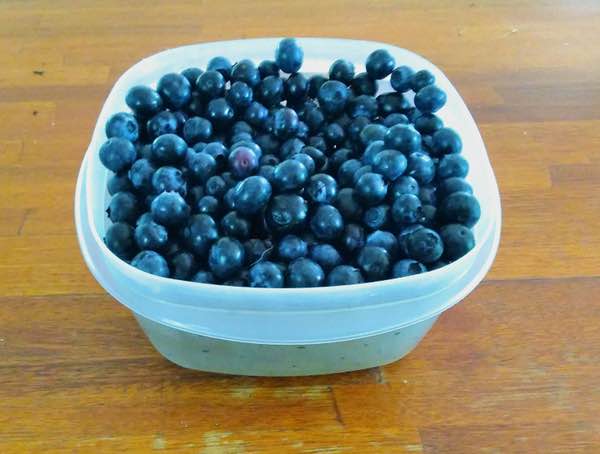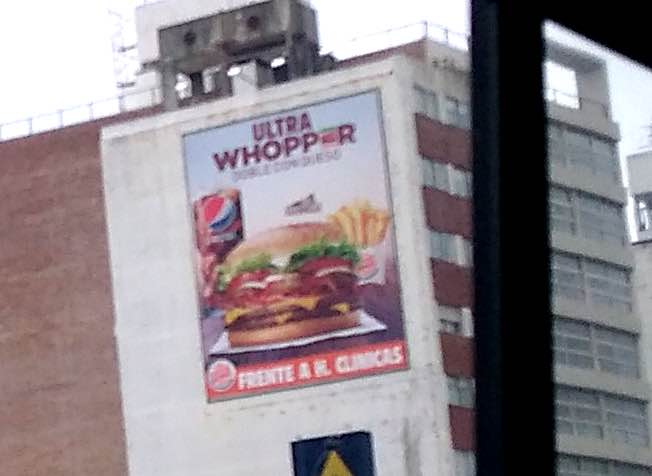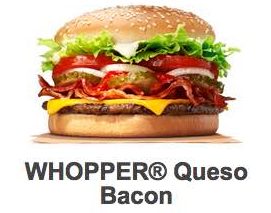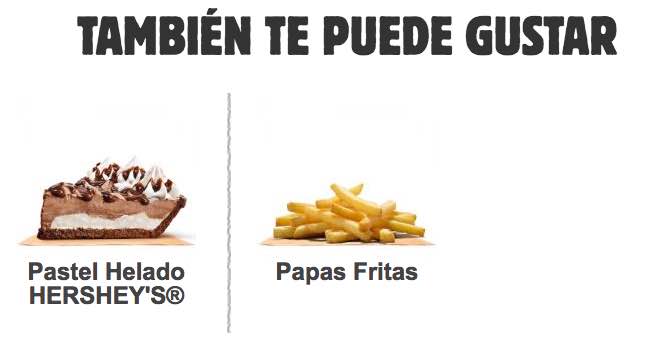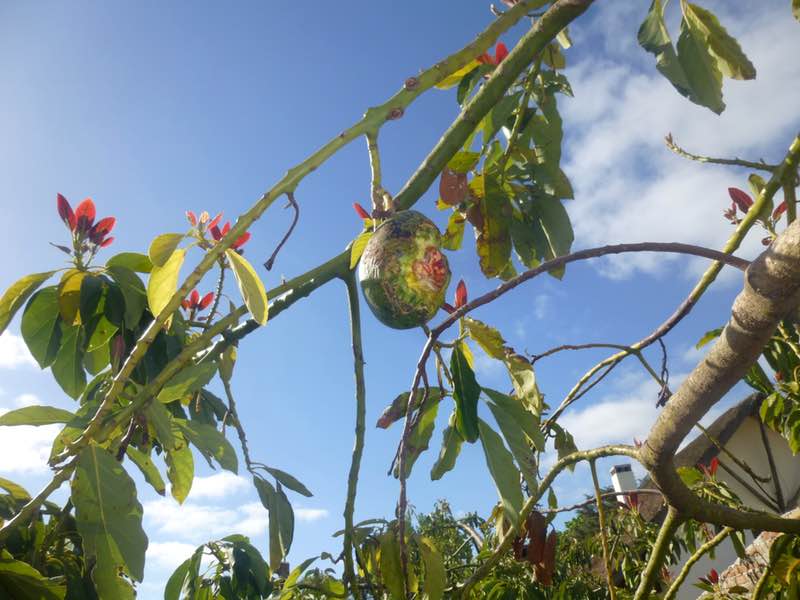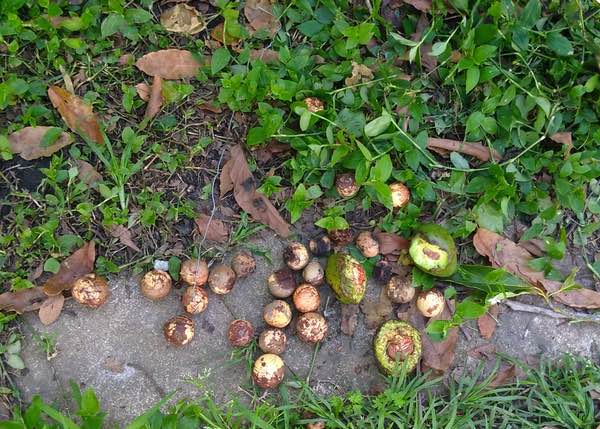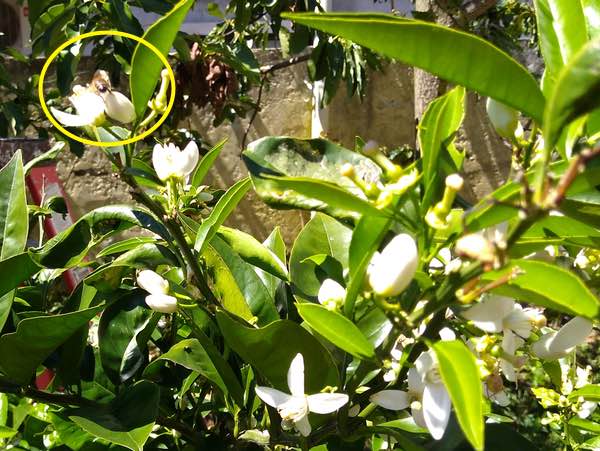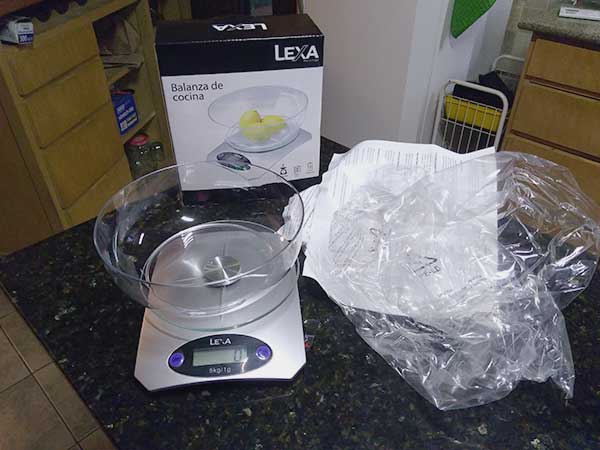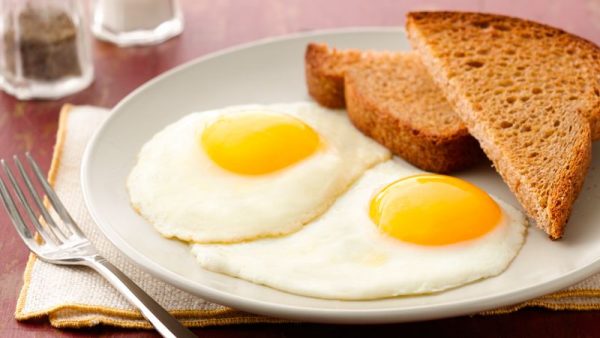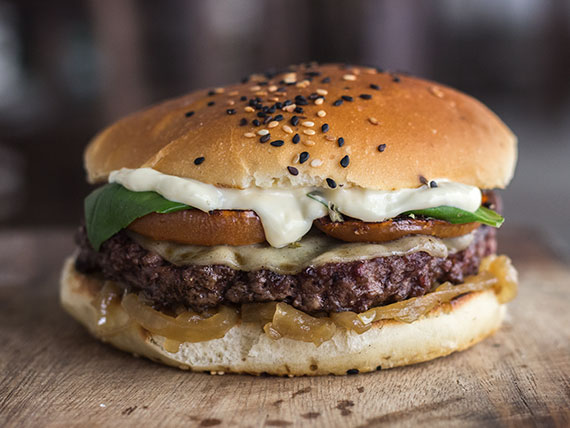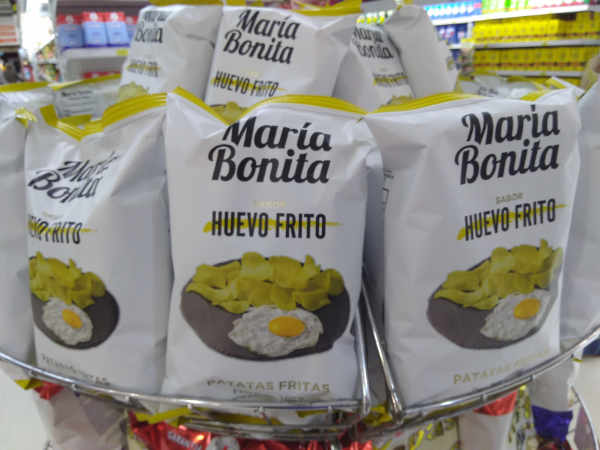The weather forecast – pronóstico – called for two glorious sunny days. Inspired by the first, I proposed a country drive the second. A vague goal was to explore the abandoned ‘gringo palace’ in Pueblo Eden. Long story, but short for now, as we never got there.
In Uruguay, topography = interesting, and we headed into the hills toward Minas, gaining serious altitude, with little more in mind than enjoying the scenery.

However, as we whizzed past Parque Salus (about where the arrow ends above), we remembered there was supposed to be a good restaurant there. It had been ten years and three months (perhaps to the day) since we’d been there last, and we still felt a little foolish that we had completely missed the restaurant, since expounded by a certain person who shall remain nameless – though with whom I walk dogs, and whose nationality inspires the title, in case you’re curious.
We reversed course, and headed in, ending a few dusty, rutty kilometers up the road (as in 2009) at the Fuente del Puma, the magical source of the wonderful water that results in discarded plastic bottles throughout the country.
As before, no restaurant. Time to pull out the guidebooks.
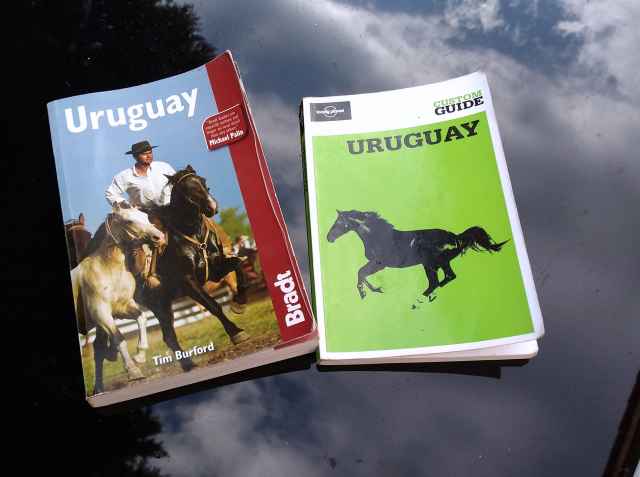
The Lonely Planet guide to Uruguay (2008) offered no help, but Bradt Uruguay, hot off the press in 2010 when my sister brought it, revealed that the restaurant was located after a promenade of palm trees – which we recognized: the entrance to the Patricia brewery, back on the highway! We retraced our steps to find … nothing.
Lo and behold, after a few minutes a couple of guard-type people appeared. I asked about the restaurant and hotel.
Closed.
Permanently?
Yes.
A long time?
At least ten years.

Approaching Minas, and thinking it time for lunch, we stopped at a busy but probably nothing-special restaurant.
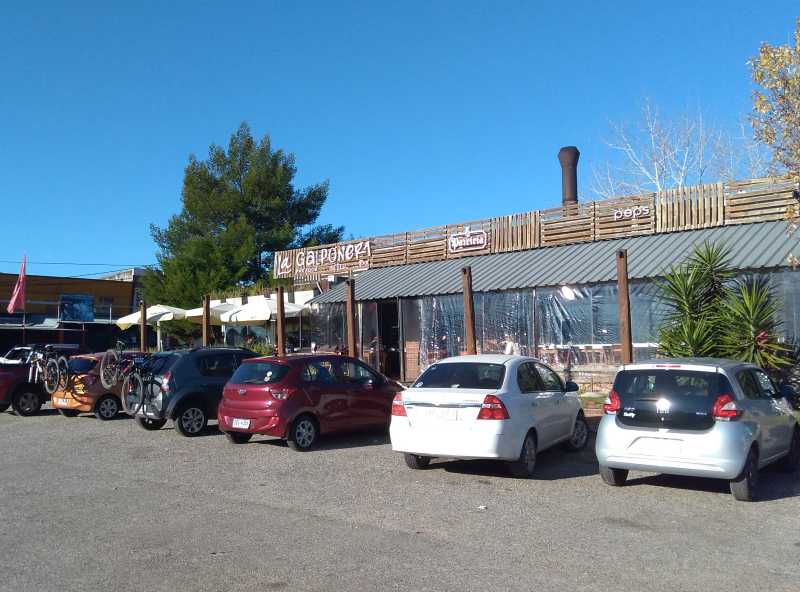
None of the cars in the parking lot was from Montevideo or Punta del Este. There were families with kids. We were the only non-natives. Not entirely promising. Yet, far from being the typical boring fare, the meal was fabulous.

My photo, an afterthought, doesn’t do it justice. Suffice to say, if a convenient restaurant of this quality existed anywhere near Atlántida, we would be regulars. In fact, we would actually look forward to going out to eat.
From Minas, we headed south, over twisty, hilly, and mostly empty Ruta 12, a fun contrast to the flat, straight, boring roads that plague the rest of the country. Alas, the gas gauge lit up, and not knowing our remaining range, we headed straight to the nearest gasolinera in San Carlos before backtracking home, where we saw the first clouds of the day, painting a gorgeous sunset.
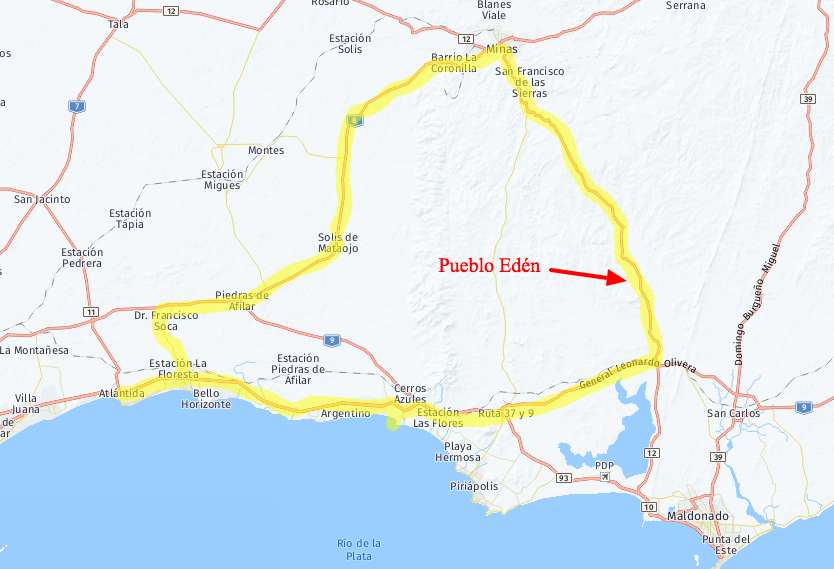
So, no shun-piking in Pueblo Edén – where the abandoned gringo palace awaits a future adventure….

